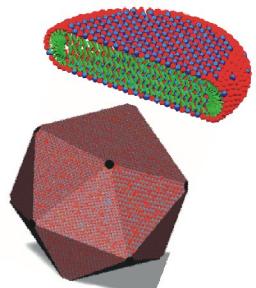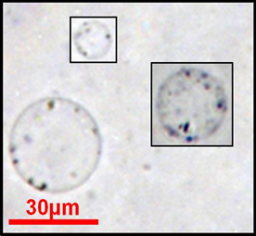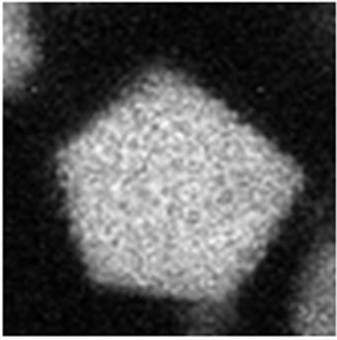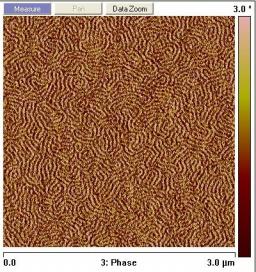In many liquid or solid materials of our everyday life matter appears as highly divided. The precise organization of the finely divided components from the microscopic to the macroscopic scale has a huge implication on the properties of these materials. Many of these nanostructured materials are classified as "soft matter". This type of matter is made of mesoscopic organic or inorganic objects of various sizes and shapes interacting under the influence of dispersion and electrostatic forces and subjected to thermal motion. The organization of such material being often at thermodynamic equilibrium through self-assembly processes. Other orgnazied solid can be the reults of confinement, drying or interfacial energies. In some case, the resulting organization is not at equilibrium and quenched dynamics are important to understand the obtained structures.
OR
Self-assembly is generally the result of an energy balance between bulk energy terms and terms resulting of interfacial energies. Interfaces are also places where the self-assembly of molecules or nanoparticles is particularly original like at the air-water interface (Langmuir films of peptides, ion specific adsorption) or oil-water interface (emulsions stabilized by mineral nanoparticles or copolymers). In addition to the above situations, LIONS also examines the transfer across those interfaces (transfer kinetics between oil and water relevant to the treatment of wastes) or the structures formed by assemblies of interfaces (phase separation of block copolymers on a substrate or concentrated solutions of polymers). New sources of energy transformation studied by Lions (thermoelectric, photovoltaic) also need to better control the transfers of species (often charged) through interfaces.















